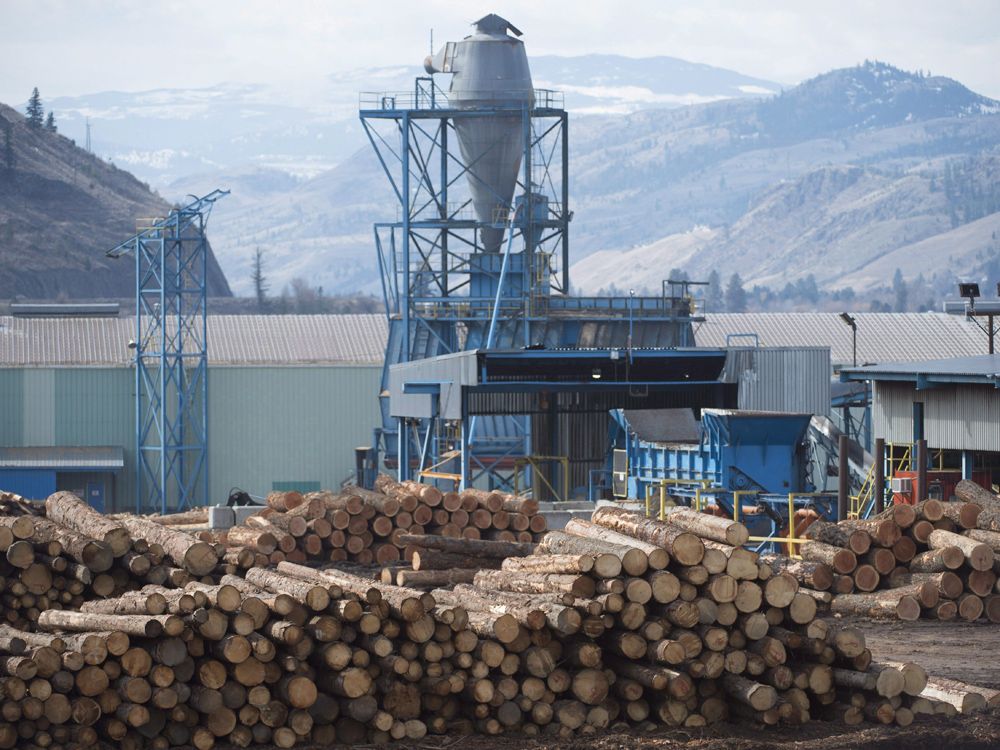Employers are offering more pay to fill positions, a boost for workers that could be wiped out if companies raise prices
Article content
Jobs vacancies surged to a record in the third quarter, and wage growth exceeded inflation in about half of the occupations that Statistics Canada tracks, reinforcing the Bank of Canada’s decision to ramp up its fight against inflation.
Advertisement
This advertisement has not loaded yet, but your article continues below.
Article content
Canadian employers reported 912,600 empty positions, an increase of 62 per cent from the third quarter of 2019, Statistics Canada said on Dec. 20. Strong economic growth coincided with the lifting of health restrictions, juicing demand that pushed businesses into a hiring frenzy. The labour market had recouped almost all of its pandemic losses by September, and gross domestic product grew at an annual rate of 5.4 per cent in the third quarter, much faster than the economy grows during normal times.

The Bank of Canada has begun to worry the economy is getting too hot. The consumer price index (CPI) jumped 4.7 per cent in November from a year earlier, essentially the fastest since the early 1990s. The central bank’s target is year-over-year gains of two per cent. The recovery from the COVID recession is “now well advanced,” Tiff Macklem, the Bank of Canada governor, said last week. “We’re not comfortable with where inflation is.”
Advertisement
This advertisement has not loaded yet, but your article continues below.
Article content
One of the sources of Macklem’s discomfort is upward pressure on wages, a signal that inflationary pressures are spreading. Statistics Canada found evidence of that in its quarterly Job Vacancy and Wage Survey. The CPI increased 4.3 per cent between the third quarters of 2019 and 2021, and the survey found the average offered wage rose by more than that in 155 of the 373 occupations over the same period.

That suggests a growing number of employers are having to offer more pay to fill vacant positions, a boost for workers, but one that could be wiped out if companies raise prices to compensate for higher labour bills.
“What we’re seeing is really a broadening of inflation pressure,” said Claire Fan, an economist at Royal Bank of Canada. “As long as labour shortages continue to be an issue, that’s going to continue to put pressure on wages and that’s going to basically translate into more persistent inflation pressure.”
Advertisement
This advertisement has not loaded yet, but your article continues below.
Article content
Wages rose twice as fast as inflation in industries that had the highest number of job vacancies, Statistics Canada said. Construction helpers and labourers; cooks; retail salespeople; nurse aides; and orderlies and patient services associates saw offered wages increase 9.7 per cent, while the average hourly wages of employees already working in those occupations grew a smaller 8.4 per cent, Statistics Canada said.
What we’re seeing is really a broadening of inflation pressure
Claire Fan
For higher-skilled occupations, growth in the offered rate for new hires was muted compared with lower-skilled occupations. On average, offered hourly wages for the 226 occupations involving at least one technical skill increased 8.3 per cent to $26, while the equivalent increase for the 40 occupations requiring no technical skills and five or fewer non-technical skills was 10 per cent, putting the average at $16.95.
Advertisement
This advertisement has not loaded yet, but your article continues below.
Article content
The sectors reporting high wage growth are also those with the most vacancies. The health-care sector has seen steady growth in employment over the past years as the population aged, and recovered all its pandemic job losses in December 2020, but now has nearly 120,000 vacancies — mostly in Quebec.
Hotels and restaurants make up a quarter of the vacancies as they struggle with a tight labour market and an ebb and flow of virus measures that has spooked some workers from returning.
Advertisement
This advertisement has not loaded yet, but your article continues below.
Article content
To be sure, since the summer, employers have been adding to their payrolls at a steady clip, even as an unusual number of postings went unfilled. The economy added 154,000 new positions in November, compared with Bay Street expectations of about 40,000. The fifth wave of coronavirus infections could slow hiring in the short term, but the economy has lots of momentum.
“What’s really going to be a problem moving forward is the labour shortage issue,” said Fan. “It will take some time to solve and that’s going to put a lot of pressure on production capacity into 2022 and 2023 and it’s going to drive wages higher. It already has for certain industries.”
Financial Post
• Email: bbharti@postmedia.com | Twitter: biancabharti
Listen to Down to Business for in-depth discussions and insights into the latest in Canadian business, available wherever you get your podcasts . Check out the latest episode below:
Advertisement
This advertisement has not loaded yet, but your article continues below.
Wage growth outpaces inflation as job vacancies surge to record
2021-12-20 22:44:23






